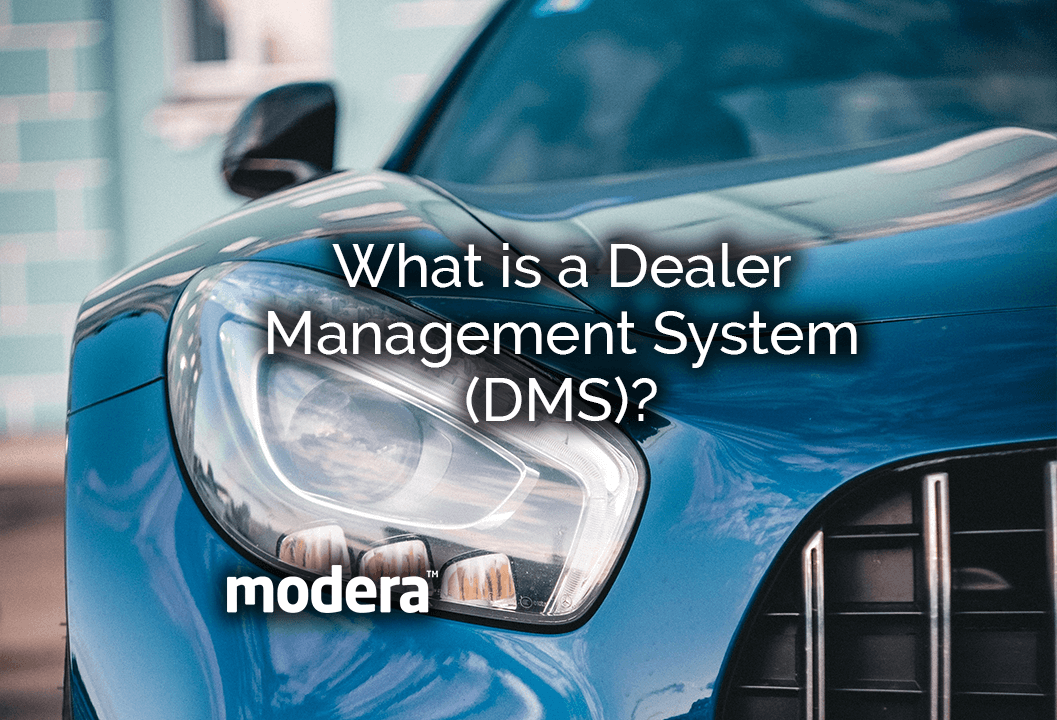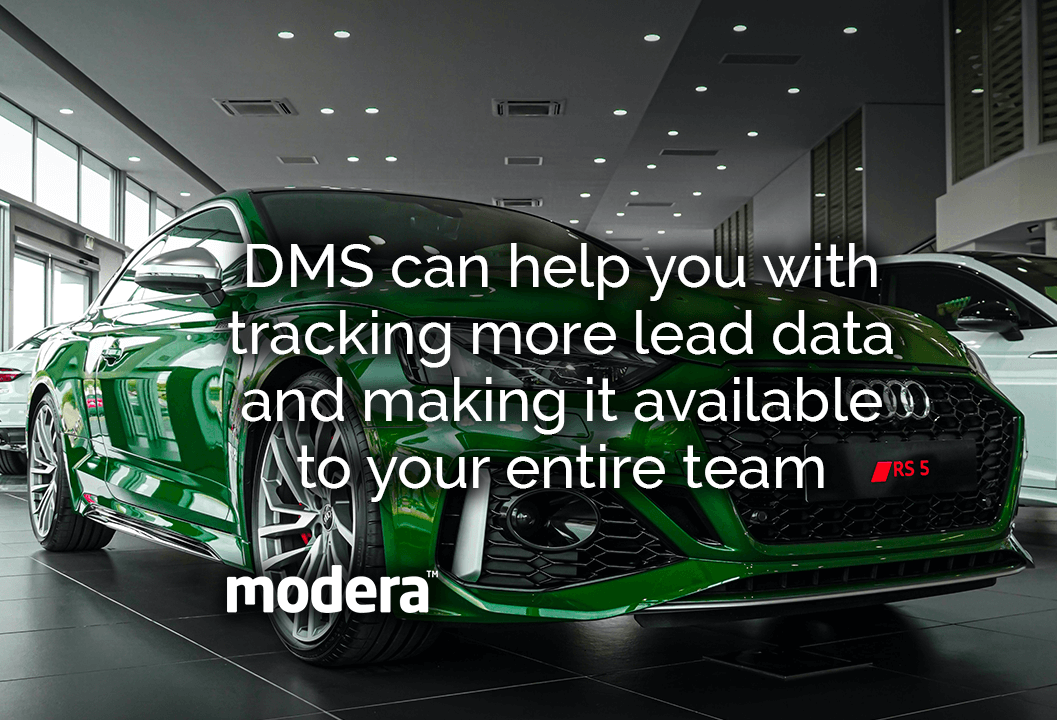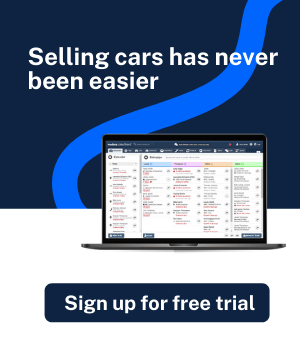
Global automotive industry trends are rapidly changing! Therefore, they are likely to cause disruption to the incumbent dealership model. Things are no longer as simple as a customer walking into a dealership, looking at options, going for a test drive, completing paperwork, and then purchasing a vehicle.
What do current trends say?
The relationship between Original Equipment Manufacturers (OEMs) and dealerships have always been symbiotic. OEMs have depended on their dealer networks to sell and service their vehicles. On the other hand, dealerships have fallen back on OEMs to provide cars and components they sell. OEMs are also tasked with financing their servicing activities while vehicles are covered by warranty.
OEMs are now working towards developing capabilities such as remote software upgrades, and establishing direct relationships with customers through ongoing subscription models. Thus, they are increasingly taking ownership of elements of customer relationship, which belonged to dealerships. The latter gets a major chunk of profits from services and after-sales. Activities like new car sales do generate profit, but the margin is quite small.
In this connected, direct-to-consumer landscape, the high margins of the servicing revenue stream for dealerships could be well eroded. Both OEMs and dealerships have to go over their revenue models and relationships with a toothcomb for survival.
What does a changing landscape mean?
Consumer demands of the automotive industry are changing. Apart from a shift in electric drivetrains, the car is now viewed as a component of shared mobility services. Models of car ownership are starting to change as well. Customers are now viewing their vehicle as a “device”, somewhat like their smartphone. They expect it to be updated, and aren’t unwilling to pay a premium or subscribe to a service that offers more benefits down the line. OEMs are working on developing capabilities, with the following benefits:
- Reduction in cost due to predictive maintenance, connected diagnostics and over the air (OTA) software updates.
- More revenue streams via value-added subscription services that are activated by OTA updates.
- Seizing opportunities for direct relationships with consumers, such as innovative techniques to sell vehicles, along with developing a more agile approach to delivering the car as a connected device.

What does this mean for dealerships?
Although many revenue opportunities are opening up for OEMs, it has narrowed it down for dealerships via traditional methods. The following services had previously been under the domain of retailers:
- When a car covered under warranty is serviced, the dealership that offers the service is paid for doing so by the OEM. They decide which parts and services are needed, and ask the OEM to pay accordingly.
- If a customer wants to upgrade, they need to visit a dealership to enable it. This too is paid for by the OEM.
- For quite some time, dealerships have become the face of OEMs. They are responsible for building good relationships with customers throughout sales and service lifecycle.
These aspects, essentially cause a migration of revenue away from the dealership network, and channel it towards the OEM. Dealers’ profit margins and opportunities for customer interaction will likely be reduced. Thus, the financial viability of dealerships is at risk.
What about servicing mechanical components?
Even though technology continues to progress rapidly, we don’t live in a world where we can travel using software alone. As long as vehicles are manufactured using physical components, servicing of these parts will be required. Even if servicing is performed by non-affiliated dealerships and non-dealer garages, there is definitely a role for the dealership in this situation.

How can OEMs support dealerships of the future?
OEMs have to consider the value they place on the dealerships of tomorrow. They have to factor in how dealerships will be rewarded for this too. OEMs are set to take greater ownerships of customer relationships. However, they might have to provide extra support to dealerships to prevent them from disappearing. A dealership that generates greater customer loyalty and brand engagement will benefit the OEM without necessarily impacting the dealership’s bottom line.
Therefore, OEMs should look at:
- Incentivizing dealerships to drive traffic to online showrooms. Should dealers be incentivized for driving engagements instead of sales?
- Making revenue sharing work for online sales attributable to particular dealerships.
- Rewarding dealerships financially for high brand engagement via test drives, along with subscription to services offered by the OEM.
- Providing consultancy services to ensure their network of dealerships are properly equipped to offer expertise when required.
- The role of dealership networks in ongoing operations.
- Finding out if the dealership network is properly distributed – if the right dealerships are servicing the correct areas.
- Knowing if dealerships are offering the right kind of experience.
- Deciding if their floor space is optimized to offer the experiences that consumers most desire in that particular location.
Considering the KPIs in the OEM-dealer relationship, they have to focus more on experiences as compared to transactions. OEMs have to be flexible about how this relationship develops over time.
Dealerships have to become more experiential in nature, going forward. They have to work towards offering services such as test drives, VR experiences, and providing human touchpoints to individual customers and consumers of shared services alike. These activities might not directly drive revenue, so in order for the dealership to survive, OEMs may need to part with their hard-earned cash in ways that they have never had to before.

